Glass act: the kaleidoscopic art of enamelling
Simply sign up to the Style myFT Digest -- delivered directly to your inbox.
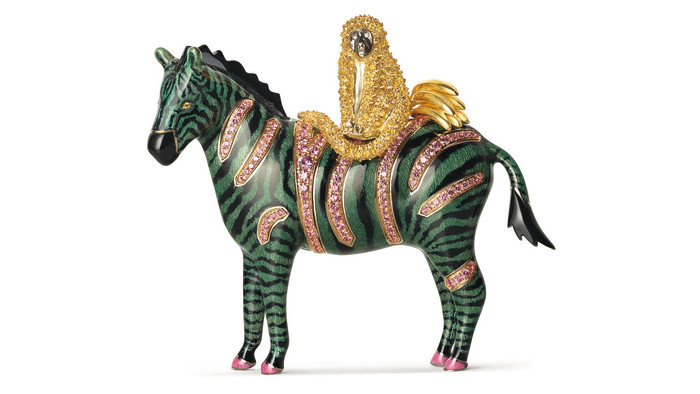
“The desire to keep this craft alive, to celebrate it, is what led me to create jewellery using enamel and lacquer,” says East London-based jeweller, curator and author Alice Cicolini. Known for her use of bright pop-coloured enamels and diamonds, Cicolini is among a new generation of young jewellery designers reviving this ancient craft and giving it a thoroughly contemporary — and beautiful — revamp.
“Enamelling is an art form in itself,” says Cicolini whose “candy” rings are stocked everywhere from Net-a-Porter to Farfetch. “I lived in India for five years and saw artisans living out their enamel craft in workshops that had spanned generations. It was so inspiring,” continues Cicolini who mixes vitreous enamel and lacquer (resin based enamel) in her work. “In India it’s known as meenakari which means ‘secret’ as you have to look at the back of a piece of jewellery to see the craftsmanship.”
Celebrating her eponymous brand’s 10th anniversary this year, Cicolini takes inspiration from silkscreen, textiles and paintings from India, Syria, Japan and Tibet and says, “I like to think I create jewellery that is modern, grown-up and sensual.” Her enamel expert in Jaipur is Kamaji — “Kamaji always says he is ‘painting on gold’. He is fantastic, and his workshop has a 300-year history of enamelling. He keeps all of these paper rubbing of past designs, a giant library. In every generation craft is lost as it is impossible to tell all the knowledge. So these pieces of paper are very precious.”
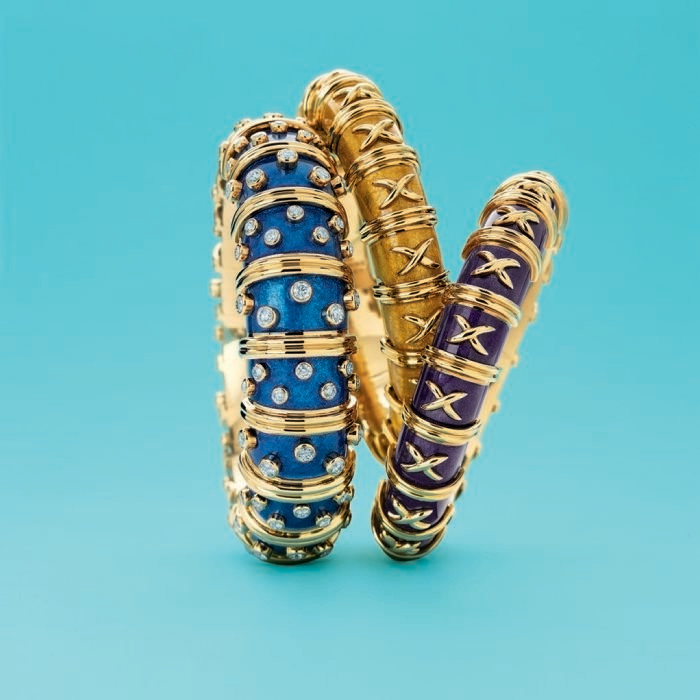
A process that can be traced as far back as the 13th century BC during the Mycenaean period, enamelling involves fusing vitreous glass to a metallic base. The finish of enamel can be translucent or opaque depending on the temperature at which the glass melts. The higher the temperature, the more transparent and durable the enamel will be. Once a technique widely used within the jewellery industry (dubbed the “poor man’s diamond” as it was a cheaper alternative to precious stones to create colour), use of decorative enamel peaked in the 19th century before starting to wane as a lust for creating colour with precious stones and diamonds grew, facilitated by new, cheaper and less laborious techniques. Many of the enamelling skills that had been passed down for centuries were abandoned save for a few “master artisans” who continued the practice. Now these labour-intensive and expensive decorative methods are seeing a revival among both independent jewellers and some of the big houses.
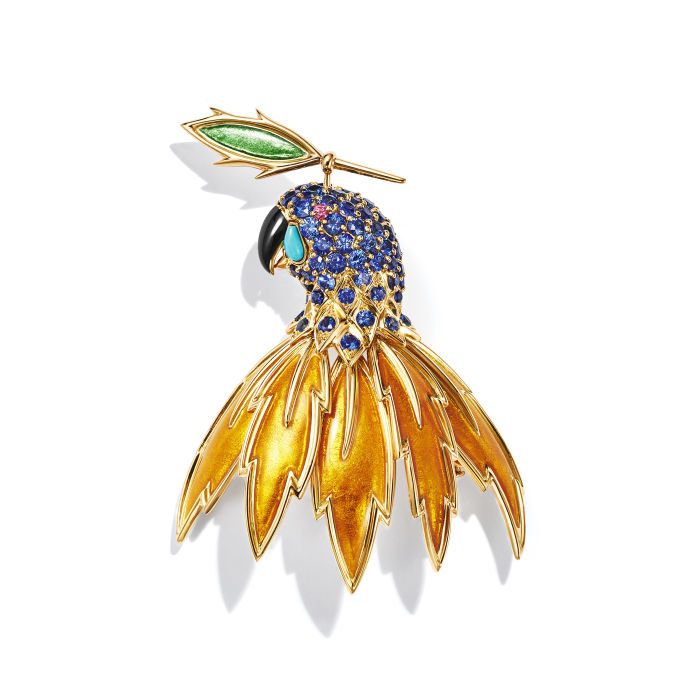
In Paris next month, Tiffany & Co will launch a range of more than 80 enamelled designs entitled “The Legendary Designs of Jean Schlumberger”. Inspired by the fantasy flora and fauna in sketches that Schlumberger made for the house in the 1960s and 1970s, their creation required that the paillonne enamel technique (the signature of Schlumberger’s work) be reborn in Tiffany’s specialist atelier in Paris.
For Victoire de Castellane, creative director at Dior Joaillerie, a lacquered collection seemed appropriate to celebrate her 20th anniversary with the brand. The collection, “La Rose Dior Pop”, launches this September and comprises pink gold and lacquered floral rings in royal blue, fire engine red and dandelion yellow.
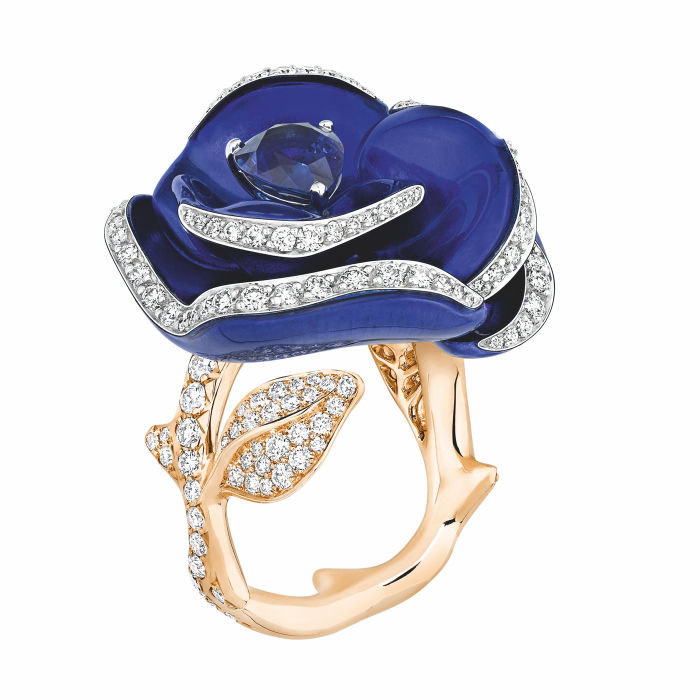
Meanwhile, at the recent Milan Furniture Fair, Van Cleef & Arpels revealed their “Automate Fée Ondine”, an automaton of a fairy sitting on a lily pad, it is also a clock. Created using cutting edge enamelling techniques, stone cutting and precious wood inlay, it took 27 craftsmen seven years to complete.
Chaumet, too, is reviving enamelling, for their Trésors d’Afrique series, the final chapter of their “Les Mondes de Chaumet” story. Their Terres d’Or rings, necklaces and earrings, a collaboration with Kenyan contemporary artist Evans Mbugua, use deep red enamels to recreate the motifs of Kente fabrics and Kasai velvets paired with pigeon blood rubies and intense yellow sapphires, they also created Grand Feu enamel quirky animal brooches set with rubies and diamonds.
Indian jewellers Amrapali looked to enamel to create a matching headpiece, necklace and earrings which they showcased earlier this year. The three-part collection inspired by Mughal art and gardens featured pearls, flat-cut diamonds, rubies and enamels in soft pink and royal blue. “At Amrapali we use a variety of colours for enamelling which are distinct and rare,” says chief executive Tarang Arora. “We paint our pieces with striking colours which highlight the overall work done on the piece and enhance the beauty of the jewel. Enamel is durable and non-fading. Cared for properly it will last for centuries.”
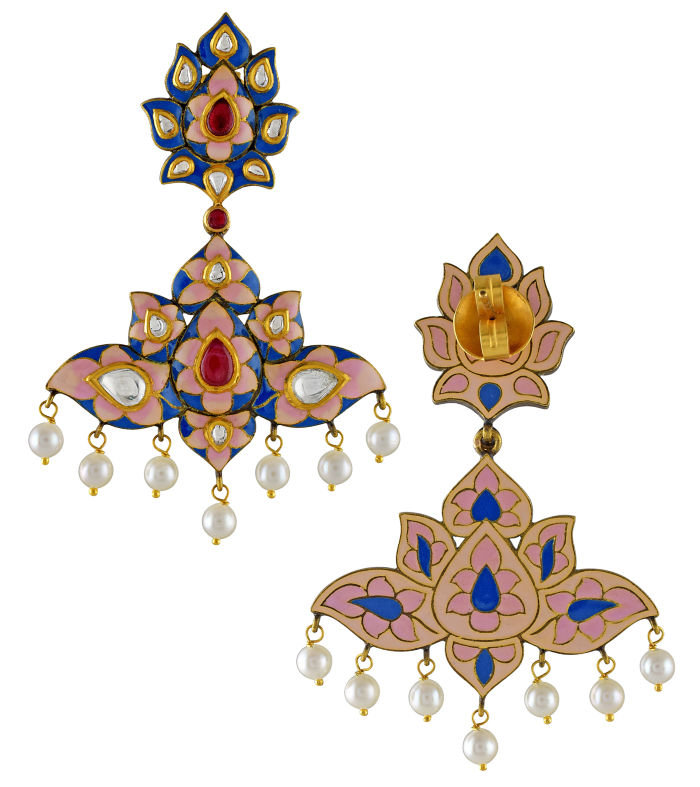
While some makers are using and recreating many of the set processes for enamel and lacquer have been applied through the ages, Cicolini is breaking all the rules and constantly experimenting with — and discovering — new ways it can be used. “Eighteen months ago I developed, with my expert in London, Stanislav Reymer, a new technique of setting lacquer within lacquer so no metal is needed to encase the colour.” This is an entirely new technique allowing Cicolini to have a cleaner looking product with more vivid and unbroken colour. But how long does a process like this take? “For my bespoke designs it can take six months to a year from design to conception, especially if experimenting. Perhaps the quickest turnaround is three to six months, It depends on the number of layers of enamel and lacquer needed for the design. That is the most labour intensive part.”
Thirty-three-year-old Noor Fares’ eponymous brand launched in 2009 and is now stocked by Net-a-Porter, Dover Street Market and Moda Operandi. Her enamelled designs have been worn by everyone from Salma Hayek and Lily James to Naomie Harris and Claire Foy. A self-proclaimed “cultural nomad”, Fares draws inspiration from ancient mystical symbols, talismans, Hindu mandalas in India, Middle Eastern architecture and the cosmos. Enamel has always been a core part of the brand’s DNA with her current “Akasha” and “Prana” collections and now the upcoming “Padma” launching next month all featuring the technique.
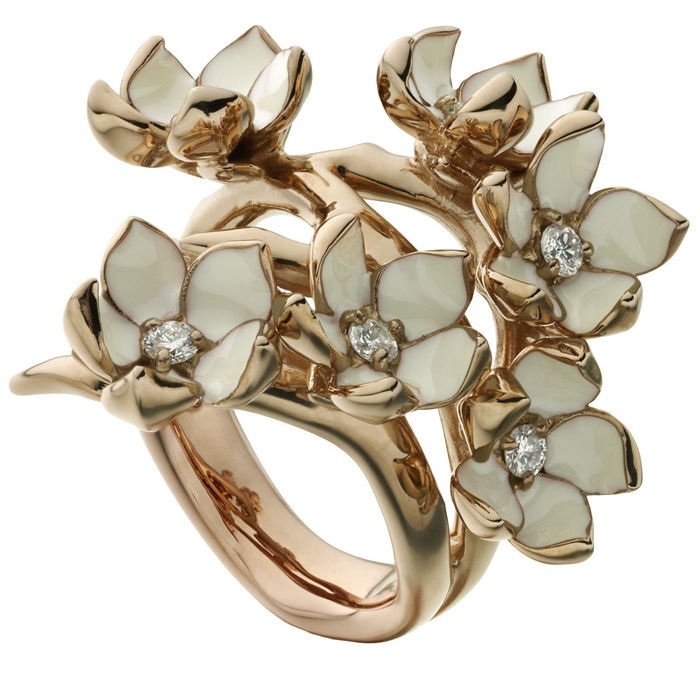
What about enamel does Fares find so alluring? “For me it was about craftsmanship,” she says. “Craftsmanship is always at the forefront of the collections, I’m always looking at innovative ways to reinvent ancient techniques, and enamel felt like a natural complement to all the colourful gemstones I use. It’s fascinating to see a craftsman in action, bringing the pieces to life.”
Many jewellery brands fuse enamel with heat, Fares however prefers cold enamelling which employs epoxy resin instead of glass. “We use cold enamelling to be certain of the final result of the colour,” says Fares. “With this process the result is always very strong, bold and never changes during the drying process.”
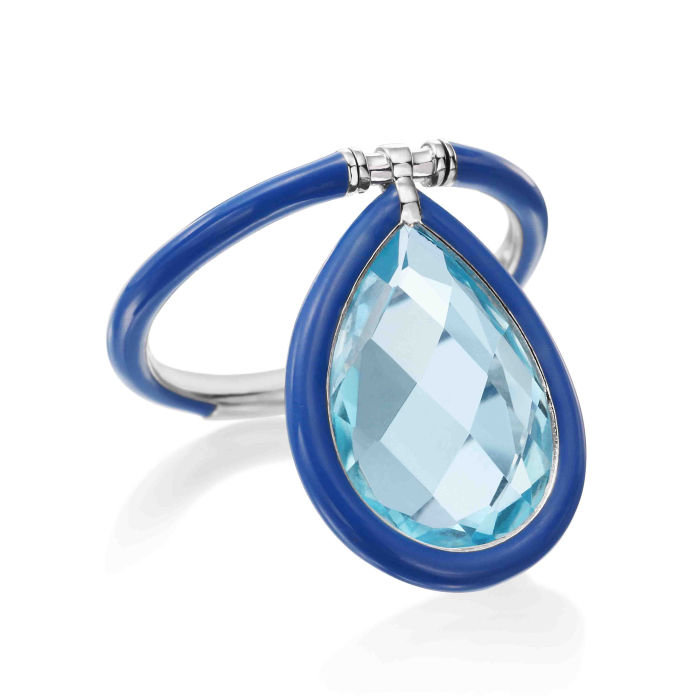
Fares has noticed the growing interest in enamel among her contemporaries. “Young jewellery designers are reviving the craft of enamelling because it allows us to connect with the past and bring a new and interesting technique back to the forefront of modern jewellery,” she says. “Brands and consumers are both in pursuit of true authenticity as well as craftsmanship.”
Will Fares continue to use enamel? “Yes of course! It gives an intricate and mystic allure to the pieces. We are also developing a range of bespoke enamel colours to make our pieces even more special.” And with that, enamel has fully regained its place once more.
Follow @FTStyle on Twitter and @financialtimesfashion on Instagram to find out about our latest stories first. Subscribe to FT Life on YouTube for the latest FT Weekend videos
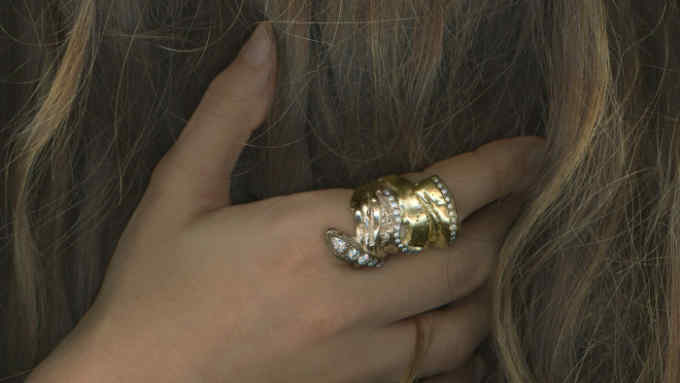
Comments